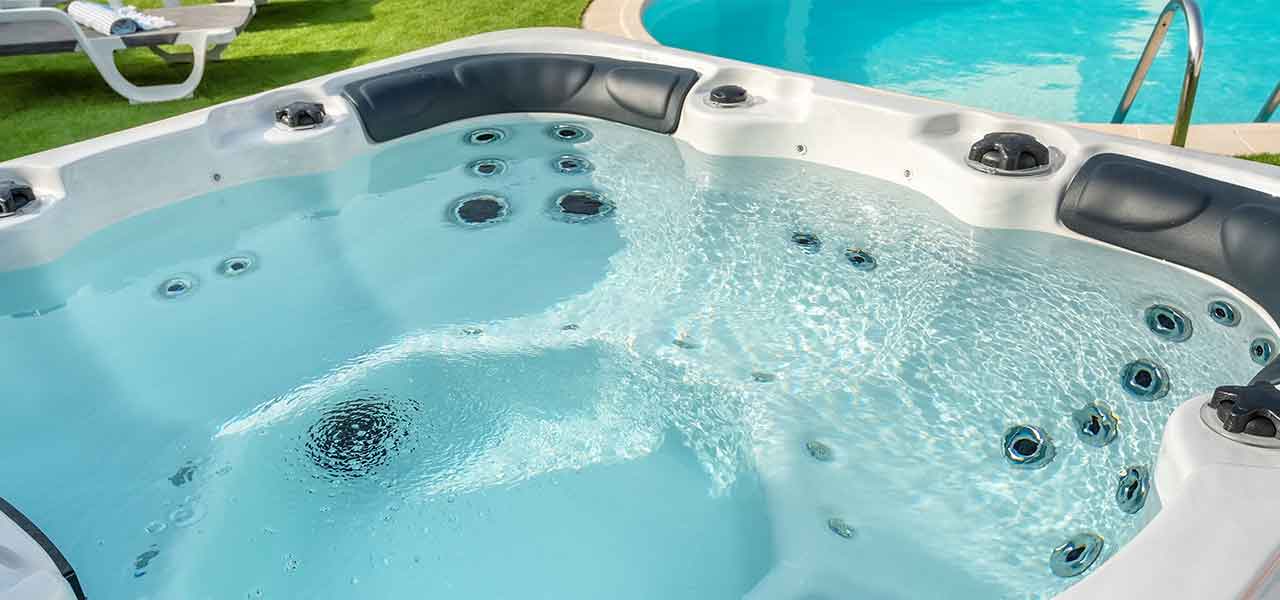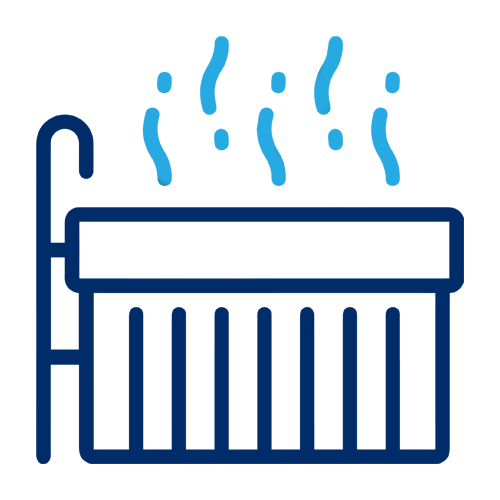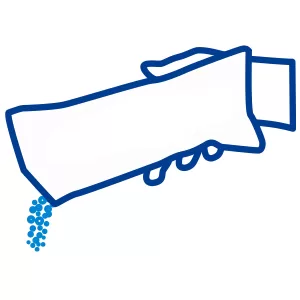FREE Standard Shipping On All Orders $100 or More!*

Spa Shock: How to Shock a Spa or Hot Tub
No matter what type of hot tub and spa you own, the proper chemical balance is essential for keeping water clean and safe. For that to happen, one thing must occur: you have to shock the water. Delve into the importance of implementing routine shock treatments, explore various available chemicals, and learn about the safest methods you can practice when you’re shocking a hot tub or spa.
What is Spa Shock Treatment?
In essence, shocking your hot tub or spa means adding a higher than usual dose of oxidizer chemicals to the water. This is also known as oxidizing. Oxidation is the process of a particle losing electrons when it encounters a disinfectant. You can carry out a hot tub/spa shock in many ways. There are chemicals designed for this and information on how to use them, such as; the amounts to use, how many gallons to use, the product to choose, brand/manufacturer, effectiveness, the correct level of chemical balance, etc.
Reasons for Shocking a Spa or Hot Tub

There are only four valid reasons for shocking your spa or hot tub. It's not necessary to shock the spa every time you use it and maybe not even weekly. Shock your spa for the following reasons.
- To remove bromamines or chloramines. Using a DPD test kit, you can test for the level of combined chlorine or bromine. Adding an oxidizer in an amount equal to 10x the level of combined sanitizer will break apart these bonds and make sanitation more efficient.
- To remove organic contaminants. When 3 or 4 users jump into a hot spa, the level of contaminants spikes to a level many times higher than your sanitizer can manage. Add an oxidizer after spa use to restore sanitary spa water, by breaking down bather waste.
- To reactivate bromides. For a bromine spa, using an oxidizer weekly helps maintain the bromine level in your spa water. Activating bromide ions with spa shock converts them to hypobromous acid, the killing form of bromine. Learn more about building a bromine bank here!
- To kill bacteria. Remember that non-chlorine shock is not classified as a disinfectant like chlorine or bromine, but is useful only as an oxidizer. Use chlorine spa shock to kill bacteria or algae. You may see it, or just suspect it, or you may find the chlorine or bromine level has fallen to zero; shock to raise levels fast.
Preparing to Shock a Spa or Hot Tub
The most important thing to do in preparation for shocking the spa water is to first test and adjust the pH level to the range of 7.2-7.6. Oxidizers work best in a low pH environment, and the efficacy of your spa shock is twice as great at a pH of 7.5 than it is at a pH of 8.0. Check to be sure that your pH is not too high before shocking.
The second most important thing is to remove your spa cover, spa blanket and spa users before shocking the hot tub. Especially during the first 20 minutes, your spa surface needs to be aerated to facilitate the exchange of electrons and gassing off of byproducts formed during oxidation. Spa cover materials and components can be damaged by the off-gassing chemicals.
The third most important thing is calm water. Don't turn on the blower but do run the circulation pump when you shock the spa. Too much agitation can prematurely gas off potent oxidants. If you notice undissolved granules on the bottom, however, you can use a brush or net to stir them around, but don't vacuum them up.
So to summarize, when preparing to shock a hot tub:
- Lower pH level to between 7.2-7.6 before shocking
- Remove spa cover, spa blanket and spa users
- Calm water, keep jets on low and blower off
Shocking a Spa or Hot Tub

When shocking your hot tub, pay attention to a few things. Specifically, be cautious when using spa shock, oxidizers can be dangerous when misused or mishandled.
- Read the label. Different oxidizers have varying strengths. Be careful not to overdose or underdose your spa shock treatment.
- Measure your spa shock. Dosing is so important. If you are 1/2 of an ounce off, you can underdose or overdose your spa.
- Add carefully. High winds can blow spa shock right in your face. Gently pour it over the surface and wash away any spills right away. Keep out of the reach of children.
Shock Before or After Using the Spa?
I know people who do it before or after, and some who shock both before, and after using the spa. If you are confident of the water balance and condition before use, there may be no need to shock before using the spa.
On the other hand, if your spa water turns dull and cloudy after use, or after use your sanitizer level is zero, and pH is pummeled, you may want to preemptively shock to boost levels. This is helpful for small spa filters that are overwhelmed with several spa users.
How long to wait after shocking a spa, before you can get in? Consult your label, but most spa oxidizers need just 5 minutes to fully dissolve, disperse, and complete oxidation.
Which Spa Shock is Best?

We have a large variety of spa shock that can be used for oxidation. Choose one you like and get on with it!
You can use chlorinated spa shock like Spa 56 or you can use non-chlorine shocks like SeaKlear Spa Pods, or Leisure Time Renew, tabs or granular.
Remember to use an oxidizer specifically labeled for use with spas and hot tubs. Do not use pool shock in your spa. It is easy to overdose, and may contain other chemicals not needed in a spa or hot tub. The 1 lb bags are a safety hazard if not used all at once, and react with moisture, bugs, or debris. They also spill easily, if not carefully resealed.
The most economical shock? Our own Spa Care Spa Shock. Most value, pound per pound, and just as potent. And you can use the spa almost immediately.